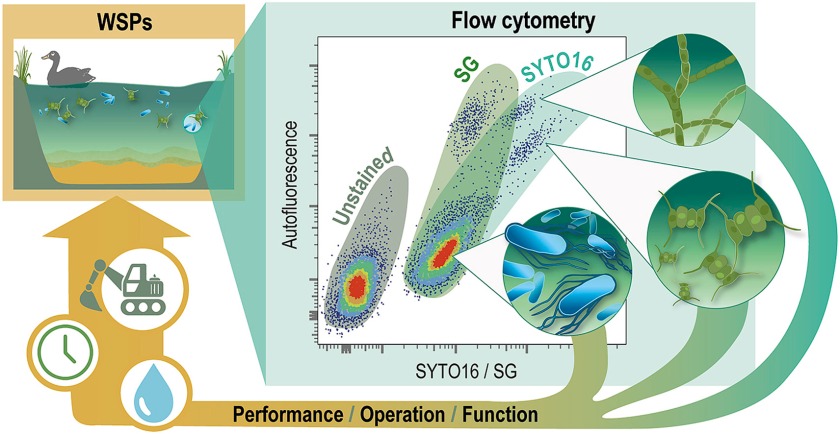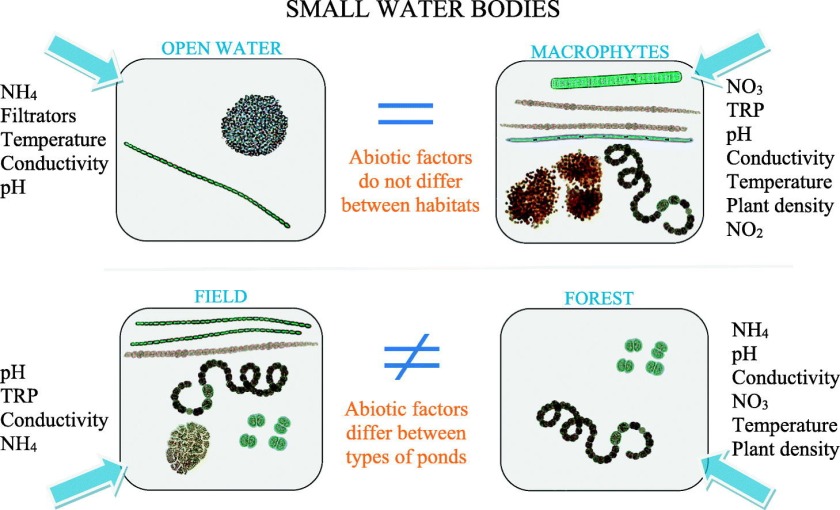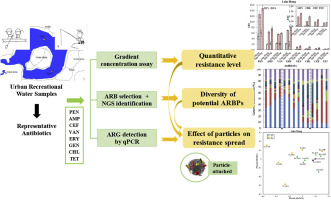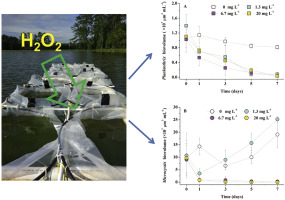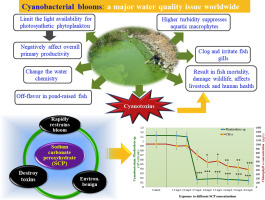
Authors
P. Chandaravithoon, R. J. Ritchie & J. W. Runcie
Oxygenic photosynthesis can be measured easily using O2 or CO2 gas exchange, oxygen electrodes, Winkler titration, 14CO2-fixation and by PAM (pulse amplitude modulation) fluorometry. PAM estimates the photosynthetic electron transport rate (ETR) by measuring the variable fluorescence of chlorophyll (Chl) a (> 695 nm) induced by absorption of blue or red light. Anoxygenic photosynthetic bacteria (APB) do not use water as an electron source and are typically photoheterotrophic rather than photoautotrophic and so 14CO2 fixation is a misleading estimate of photosynthetic electron transport in APB photosynthesis. In vivo bacteriochlorophyll a (BChl a) absorbs blue light similar to Chl a but its characteristic longer-wavelength absorption is in the infrared and fluorescence is at > 800 nm. Blue light-induced PAM fluorescence can be used to measure the ETR in purple non-sulphur anoxygenic photobacteria and purple sulphur photobacteria because their RC-2 type BChl a complexes fluoresce similarly to PSII but at longer wavelengths than Chl a. Conventional PAM fluorometers using blue light cannot readily distinguish between oxygenic and RC-2 type anoxygenic photosynthesis because they use a simple > 700 nm highpass filter in front of the detector diode. We modified one fluorometer to use a 695–750-nm bandpass filter to measure Chl a fluorescence from PS-II, representing oxygenic photosynthesis. Similarly, we modified another fluorometer to use a highpass filter (> 830 nm) to measure BChl a fluorescence, representing anoxygenic photosynthesis. However, the fluorescence bands of Chl a and BChl a were found to be too wide to unambiguously distinguish between oxygenic and anoxygenic photosynthesis purely by fluorometry. Treatment with the specific PS-II inhibitor DCMU (Diuron) did enable discrimination of the two types of photosynthesis in a mixture of oxygenic and anoxygenic organisms. Ecological niches made up of both oxygenic and anoxygenic organisms such as microbial mats and hypereutrophic environments such as sewage ponds, wastewater ponds and prawn farm ponds are much more common than often realized. Anoxygenic photosynthesis in such systems is significant yet largely unquantified.


